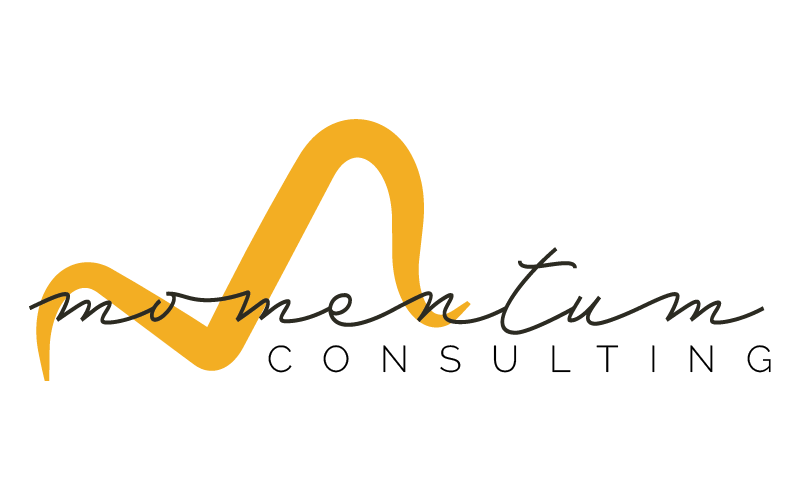Written By Danielle Fauteaux
Landing pages are a critical component to the success of your overall digital marketing strategy. They serve to provide website visitors with the information they want to know that is valuable enough to exchange their email address for (like Pricing Guides). Over the years, marketers have tested different kinds of landing pages, placing the form in different positions, testing longer and shorter phrasing, testing the number of form fields, and every variable possible. You’ll find there are different layouts that can work really well to convert leads for different industries and different objectives. For today, let’s look at just one example, a short form landing page, that works well for many different campaign types.
Landing Page Layouts that Convert
Short form landing pages are ideal for campaigns that will generate multiple pieces of content, like blogs, website pages, podcasts, and promotional messaging that will speak to the reader’s pain points and entice them to move forward in their buyer’s journey. If you start browsing online for a product or service, it usually doesn’t take long until you come across a page that looks similar to the graphic below.

Let’s break down the components of this short form landing page:
1. No Main Menu
The goal of a landing page is to convert a website visitor into a lead; this only happens when a visitor submits the form. Thus, it is imperative to the success of your landing page to remove distractions and other options that could cause visitors to abandon the page. This includes NOT having a menu on your landing pages. I do recommend including your logo at the top, linked to your home page, though.
2. 50-100 Words
On short form landing pages, you’re going to quickly summarize what the user will get when they submit the form on the page. Save the lengthy copy for the blogs and website pages that you write that then point to the landing page, because if you’re using this kind of landing page, you’re going to have other content pointing to it.
P.S. Avoid Sales-y Phrasing! Humans don’t want to be sold on stuff, we just want to buy it. Simply lay out the download option and let your website visitors determine on their own if your content is all that and a bag of chips.
3. Content Offer Image
What more can I say. 🤷♀️ People act upon visual stimuli at higher rates than simple text. So give them a little preview of what the content you’re providing is going to look like to improve your conversion rates. Give visitors a little taste of what they will get if they submit the form.
4. The Form
The number of form fields may vary depending on the type of form and if there is specific data you’re trying to collect related to the campaign. Most often, you’ll see highest conversion rates by limiting your form to a required email address field and optional name fields. Be sure your form button stands out as well and if you can edit it to say something more relevant than “Submit,” I recommend doing so.
You will also have the option to display an inline form submission message or redirect the user to another page. Both are suitable options depending on your campaign objective and what will be best for user experience given the content you are providing. You could also redirect straight to the content offer or to a thank you page that houses a link to your premium content and another form for the next action you want the user to take. Here’s a case study that walks you through the process.
How to Increase Conversion Rates on Mobile
Depending on your buyer personas and promotional channels, the majority of your website traffic could be browsing your site on their smart phones, meaning the appearance of you landing page needs to be optimized for a mobile user experience too. The graphic below is a mock-up of how most website development platforms will automatically mobile optimize your desktop content.

There is an additional element present on a mobile landing page that wasn’t on the desktop version, however, and it’s the yellow [Download] button right under the header before the image.
You will increase conversion rates when you link this button to an “anchor point” on your page that jumps users straight down to the form. Users will not be able to see all of the elements on your mobile landing page in one screen, so adding this button minimizes context switching and minimizes friction for the user to swiftly get the information they came to this page for. Beyond this, the features of your mobile landing page are going to adhere to the same four standards explained above.
As submissions come in and you are building your email list, you can then continue guiding leads through the buyer’s journey via strategic email marketing.
Launch. Analyze. Tweak. Repeat.
Improve your content LATR. Well, now, not later. 😉 Hit the publish button then start creating promotional content and placing internal links throughout your website that will drive user to your landing page. Then track your results and adjust the content offer and landing page until you find the highest converting option for your website and your content offer.
Not sure how to develop a content offer that will convince people to give you their email address? Keep reading.👉
